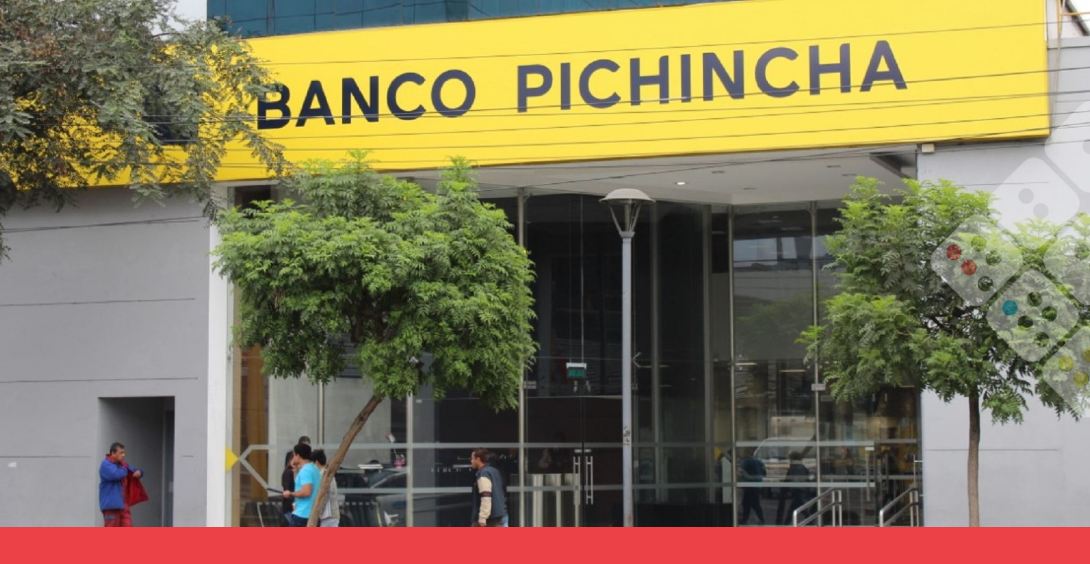Banco Pichincha in Peru is reorganizing its managerial, technological, and talent structure to strengthen its open banking strategy and promote new business lines.
As part of its plan, Peru’s seventh biggest bank by deposits and loans is also advancing the development of its APIs (application programming interfaces), seeking partnerships with other entities, and even preparing a regulatory proposal for the Peruvian supervisor, which is in the early stages of developing its open finance model.
With the strategy, the subsidiary of the Quito-headquartered bank will leverage data from partnerships to offer new products and services. It’s a move that increasing numbers of Latin American banks are making, as their fintech and big tech competitors use open data models to capture new clients.
“Pichincha is going through a reengineering process,” Liz Riveros, leader of integration and open banking at Pichincha Peru, told iupana.
“Many areas are being restructured. Until last year the bank did not see anything about open banking,” she added. “A goal that we have from management is to be able to implement an operating model and have an open banking use case by the end of the year.”
To get there, the bank has hired new talent as part of an internal change strategy that began at the end of last year. It is also closely following the progress of what its peers are doing in more mature markets such as Brazil, where open finance is advancing rapidly.
“The idea is that we can monetize our APIs and see them as a product”, said Riveros, speaking about the architecture that will allow the bank to communicate with other entities, and vice versa.
“We are seeing that the growth of ‘apification’ is not only for internal bank systems and applications, but we can also do business with the APIs that we have and can expose [data] to partners, to other entities, which add to our business.”
The first project in the works is to consolidate all a customer’s accounts in the bank’s app. Pichincha Peru hopes to launch the new feature in the coming months, improving the user experience and serving as a starting point for the open banking area.
“It is our first use case, without the need to create a business model,” said Riveros, adding that they will seek alliances with other banks to develop it. Later, the bank also plans to deploy a payment solution that will allow users to add cards from other banks and use them for transactions from the Pichincha app.
Talking to Peru’s regulator about Open Banking
Pichincha Peru plans to present its open banking use cases to the local regulator, to move forward with innovative business models.
Peru’s open finance regulations are still in preliminary draft stage, meaning there is a long way to go until the country has a defined legal framework.
Regulation is a determining factor for open finance progress – something seen in Brazil, where the central bank mandated adoption and gave clear indications to financial institutions at each stage of implementation. In contrast, a lack of clear regulation has hindered growth of open banking in Mexico.
In fact, although banks and fintechs recognize the potential of exchanging transactional information, open finance is far from reaching maturity in Latin America, according to a recent report by the Inter-American Development Bank (IDB) and FData, a global association that promotes open finance. The survey pointed to a lack of regulation as one of the biggest barriers to development.
Banco Pichincha says that one way to speed up the process is for proposals to emerge from the private sector. Once the bank has defined its own operating model, it will make a proposal to Peru’s Superintendency of Banking and Insurance (SBS).
“Tell them: ‘look, we have this operating model. We know that there are other banks that are also looking at these issues and we are following these regulations worldwide, such as Brazil, Colombia, and Mexico, which have already implemented open banking and are already being regulated’,” Riveros said.
In search of an API partner
But before that, the bank is organizing its data systems and codifying how it will share data with other players. As part of that, Pichincha is taking a leading role in the construction of its open architecture. Previously, the bank’s APIs were developed and implemented by third parties, but now they want to have more visibility, said Riveros.
“The idea is that we empower ourselves. It is having control because many times it is outsourced and for the bank staff that is a black box, how everything is done. The idea is for us to have control of the applications and of the things that we can build”, she said.
The bank is in the process of contracting a company as a technology provider, but stresses that this partner should help make the APIs a bank product, under its direction and development. And just as important, that they generate a platform capable of generating income.
“That is the objective: to be able to reduce costs with suppliers – and that the knowledge, and all the responsibility, remains within the bank’s staff.”

